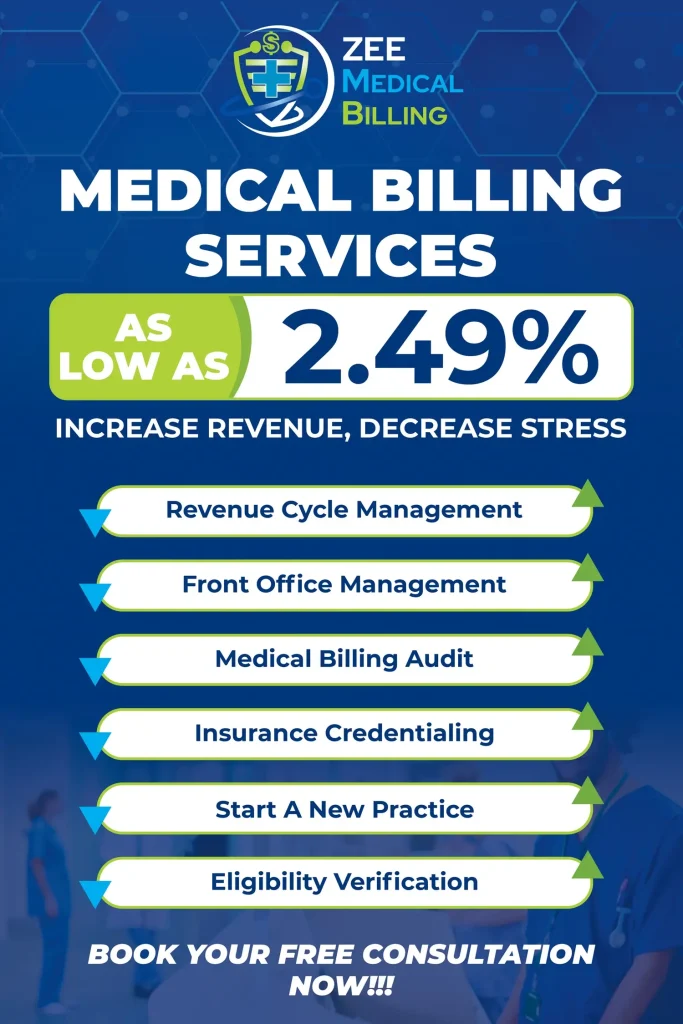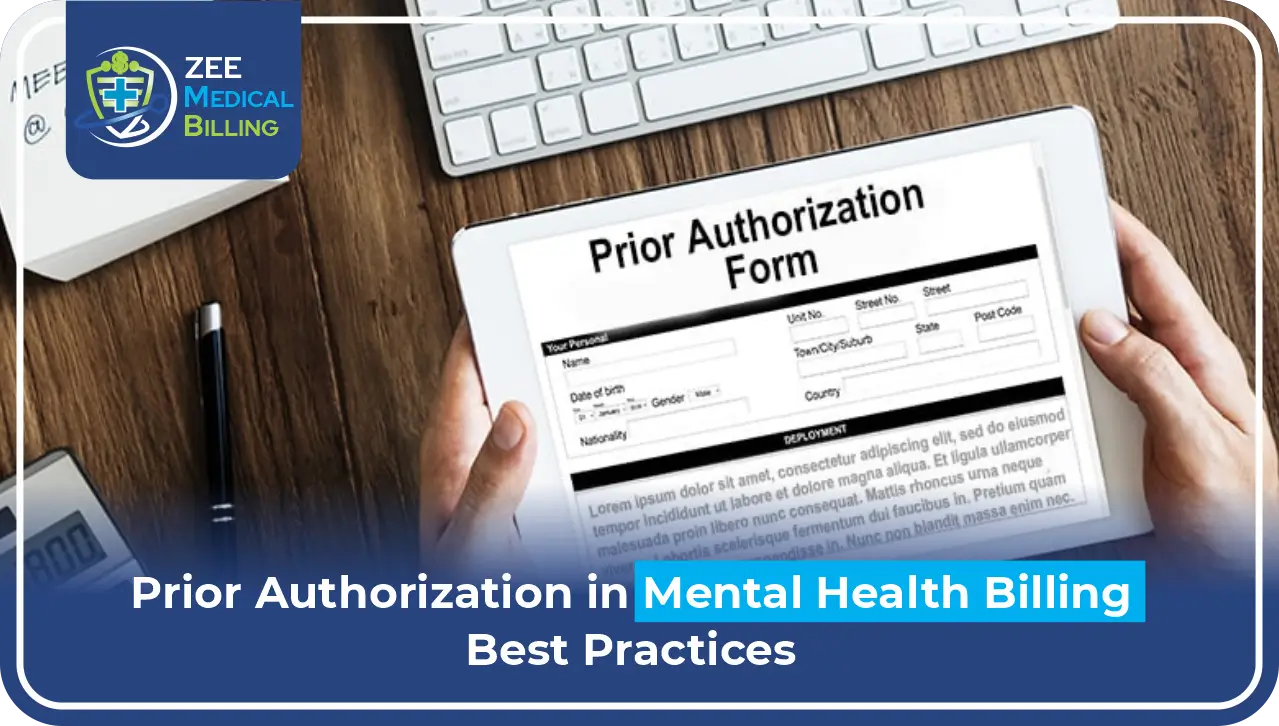Running a physical therapy clinic involves more than treating patients—it’s about building a sustainable, growing business. Whether you’re just getting started or planning to sell in the future, understanding how to grow and value your physical therapy practice is critical for long-term success.
This guide will walk you through strategies to grow your clinic, improve operational efficiency, measure performance, and understand the process of physical therapy practice valuation.
Understanding the Foundation: Types of Practice Settings in Physical Therapy
Before you grow, it’s important to understand the types of practice settings in physical therapy and how your clinic fits into the landscape.
| Practice Setting | Description |
| Free-Standing Clinics | Independent outpatient clinics not part of a hospital |
| Hospital-Based Outpatient | Operate within or under the ownership of hospitals |
| Skilled Nursing Facilities | Provide rehab as part of post-acute care |
| Home Health Agencies | Deliver therapy in the patient’s home |
| School-Based Practice | Focused on pediatric therapy within school systems |
This blog will focus mainly on the free standing physical therapy clinic model, which offers flexibility and independent growth potential.
Read More: Expert Tips to Improve Physical Therapy Billing Success
Step 1: Set Realistic Goals Based on the Average Growth Percent
The average annual growth rate of a small physical therapy business ranges between 7% and 15%, depending on location, services offered, and marketing strategies.
To aim for consistent growth, consider:
- Expanding your service offerings
- Investing in digital marketing and patient acquisition
- Improving patient retention through engagement and follow-ups
Set quarterly benchmarks that align with industry standards while staying flexible enough to adapt to market demands.
Step 2: Use Key Performance Indicators (KPIs) to Track Success
Successful clinics use key performance indicators physical therapy practices rely on to measure their progress.
Common KPIs to Track:
| KPI Name | What It Measures |
| Patient Visits per Day | Clinic efficiency and patient volume |
| Revenue per Visit | Profitability per appointment |
| Plan of Care Completion Rate | Patient compliance and outcomes |
| New Patient Conversion Rate | Marketing and intake effectiveness |
| Cancellation/No-Show Rate | Scheduling efficiency and patient engagement |
Reviewing these KPIs monthly helps identify trends and opportunities for improvement.
Step 3: Guide Physical Therapy Practice With Strategic Planning
Every successful clinic has a clear guide physical therapy practice strategy in place. Strategic planning aligns your short-term actions with long-term goals.
Focus your growth strategy on the following:
- Hiring skilled therapists who can handle increasing patient volume
- Enhancing referral networks with physicians, trainers, and specialists
- Adopting tech tools like EMR systems and telehealth options
- Offering niche treatments, such as sports rehab or vestibular therapy
These decisions will guide your practice toward consistent, scalable growth.
Step 4: Improve Research and Education
Many physical therapists have no idea what they’re doing when it comes to practice management—not because of a lack of skill, but because clinical training rarely covers the business side.
To improve your clinic and credibility:
- Stay informed with current industry studies
- Learn how to improve physical therapy research within your practice by collecting patient data and analyzing outcomes
- Participate in continuing education for both clinical and business skills
Your credibility, patient outcomes, and business intelligence all grow with your knowledge.
Step 5: How to Value a Physical Therapy Practice?
Eventually, you may want to sell, merge, or expand your business. Understanding how to value a physical therapy practice gives you a clear picture of what it’s worth.
The process of physical therapy practice valuation usually includes:
Key Valuation Methods:
| Valuation Method | Description |
| Income-Based Approach | Based on adjusted earnings and expected cash flow |
| Market-Based Approach | Compares your practice to similar clinics sold recently |
| Asset-Based Approach | Values tangible and intangible assets (equipment, brand) |
Valuation depends on:
- Total revenue and net profit
- Patient base and referral sources
- Equipment and lease terms
- Staff qualifications and retention
- Local market competition
Hiring a valuation professional ensures a fair market value that supports negotiation, sale, or partnership decisions.
Read More: Understanding Ambulatory Medical Services in Medical Billing
Step 6: Boost Your Clinic’s Value Before a Sale
If you plan to sell or bring on investors, focus on boosting your value. Here’s how:
- Optimize your billing and collections process to improve cash flow
- Reduce patient no-shows and increase visit consistency
- Document systems and protocols to ensure operational continuity
- Strengthen staff retention and leadership roles
A well-run clinic that generates stable income is more attractive to buyers.
Frequently Asked Questions
1. What are the most important KPIs for a physical therapy practice?
Key KPIs include patient visits per day, revenue per visit, new patient conversion, and cancellation rates. These help track efficiency and profitability.
2. How do I calculate the value of my physical therapy clinic?
A valuation typically involves your revenue, earnings, patient base, market conditions, and tangible assets. A valuation expert is best suited to handle it.
3. How can I increase patient volume?
To attract more patients, improve your referral networks, market online, and offer specialized services like sports or geriatric therapy.
4. Can research help my practice grow?
Yes. Internal research and outcome tracking improve treatment quality and credibility. It also provides insights for future marketing and strategic decisions.
5. What’s the benefit of running a free-standing clinic?
Free-standing physical therapy clinics offer independence, flexible branding, and growth potential that hospital-based setups may not.
Conclusion
Growing and valuing your physical therapy practice doesn’t have to be overwhelming. You can create a sustainable and profitable business with a strategic plan, performance tracking, continued learning, and proper financial oversight.
At Zee Medical Billing, we understand physical therapists’ daily business challenges. From improving cash flow to ensuring billing compliance, our expert support is designed to help clinics grow and thrive in today’s competitive market.
When you’re ready to take your practice to the next level, we’re here to help guide the way—step by step, goal by goal.
Need Expert Medical Billing Services?
Zee Medical Billing provides professional billing solutions tailored to healthcare providers across the United States. In addition to offering top-tier support from our main office, we proudly serve clients in Illinois, Indiana, California, Kentucky, New York, Washington, Georgia, Alabama, South Carolina, Texas, Pennsylvania, Ohio, New Hampshire, Nevada, Massachusetts, Hawaii, Arizona, and Colorado! Whether you’re looking to streamline your revenue cycle or improve claims accuracy, you can reach out to us to learn more about how we can support your practice.









